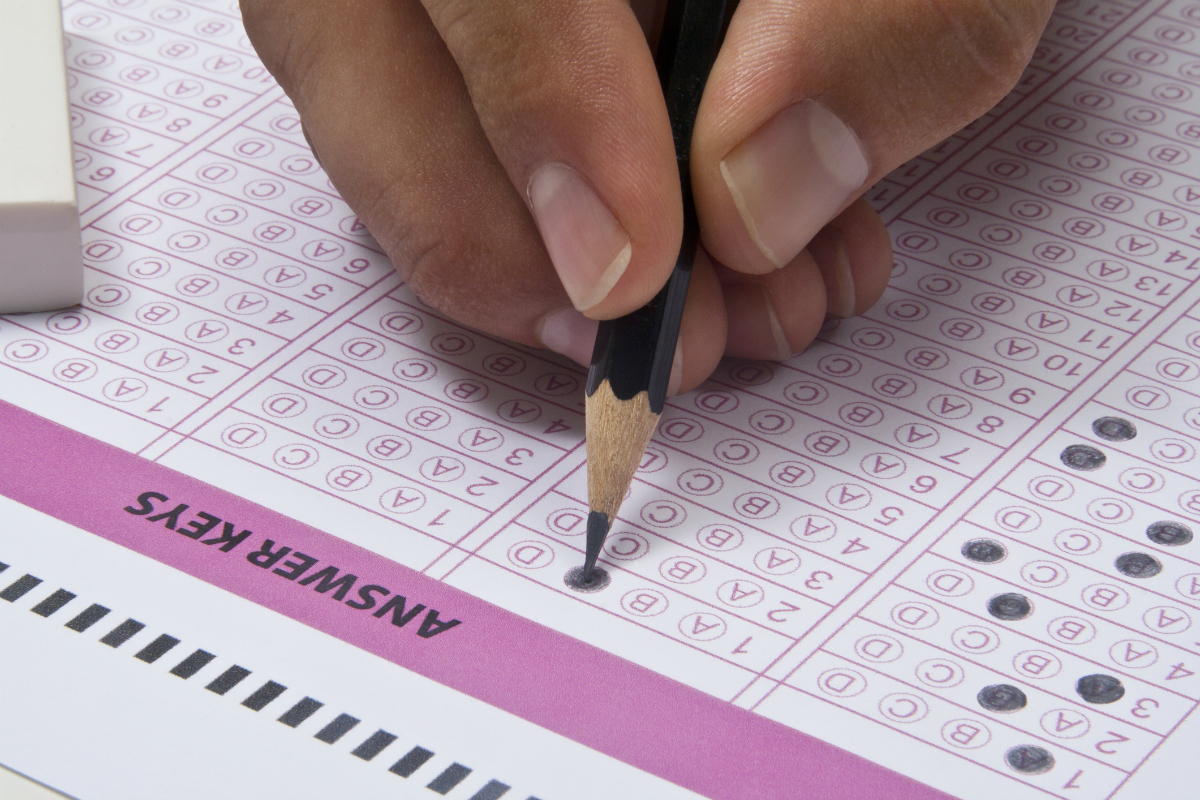While students and school staff continue to struggle with challenges related to mental and behavioral health, academic recovery and more, graduation rates nationwide appear to have rebounded following initial disruptions caused by COVID-19, according to a report released May 30 by the National Center of Education Statistics (NCES).
Between the 2011–12 and 2019–20 school years, the average high school graduation rate steadily increased each year between 0.5 to 1.4 percentage points, from a rate of 80 percent to 87 percent. Then, during the first full year of the pandemic from 2019–20 to 2020–21, the average graduation rate fell by 0.4 percentage points.
However, in 2021–22 — the first full in-person school year for many schools — the average graduation rate jumped back up to 2019–20 levels.
At the same time, the overall status dropout rate — the percentage of 16- to 24-year-olds who are not enrolled in school and have not earned a high school credential — decreased from 7 percent in 2012 to 5.3 percent in 2022.
When broken down by race, ethnicity and other student characteristics, NCES data showed there was still room for growth. Compared with the national average in 2021–22 (87 percent), the adjusted cohort graduation rates (ACGR) were:
- Higher for Asian/Pacific Islander (94 percent) and white (90 percent) students
- Lower for American Indian/Alaska Native (74 percent), Black (81 percent) and Hispanic (83 percent) students
- Lower for students with disabilities (71 percent), English learners (72 percent), economically disadvantaged students (81 percent) and students experiencing homelessness (68 percent)
The rate of high school graduates who immediately enrolled in institutions of higher education after receiving their diplomas in 2022 also remained about the same as a decade earlier, and to a year prior in 2021. In 2022, about 45 percent of high school graduates immediately enrolled in four-year institutions and 17 percent enrolled in two-year institutions.
Students who had been participating in a career technical education pathway in high school enrolled in higher education at a high rate as well.
“While CTE programs are designed to help students enter the workforce without needing a bachelor’s degree, the majority of high school CTE concentrators participate in postsecondary education, and many obtain bachelor’s degrees,” the report noted.
CTE concentrators are those who earned two or more credits in the same CTE area during high school.
By June 2021 (about eight years after graduating high school), 80 percent of 2013 public high school graduates who were CTE concentrators during high school had at some point enrolled in postsecondary education. This was only 4 percentage points lower than the percentage of non-concentrators who had ever enrolled in postsecondary education (84 percent).





